Italian government releases open data on Recovery projects
This is one of the most awaited news by Italian transparency advocates, journalists, and researchers. Two years after the launch of the Italian Recovery Plan (PNRR) and countless calls for transparency, it is now possible to access the information contained in the monitoring system of the Ministry of Economy and Finance on the individual projects financed (“REGIS”).
The data is updated to 1 March 2023 and concerns over 50 thousand validated projects , therefore 10 times more than those published in the last release. The total number of projects, including those not yet validated, is almost 140,000.
Data are published in the Open Data section of the national RRF portal “Italia Domani”. The following tables are available:
- the “validated” projects and the set of all the projects tracked in the system, “regardless of the submission and the outcome of the validation process”
- the actors involved in project implementation and their main characteristics (name, role in the project, tax code, legal form, etc.)
- the locations of the validated projects and the locations of all the projects (region, province, municipality)
- the tenders associated with the validated projects, plus those for all projects, including the amounts and the awarded subjects.
Our first impression
In the coming days, we will analyze this data to verify its completeness and quality. We aim at contributing to a wider analysis involving content and technical aspects in collaboration with other civil society initiatives such as the Dati Bene Comune transparency campaign.
In the meantime, this data release looks like a big step forward in terms of transparency and accountability of the RRF. Knowing exactly which projects are financed and where, on which topics and with which objectives, it is possible for interested citizens and organizations to verify the progress and the effects of RFF funding on the ground. While other public datasets like OpenCUP contain information about projects only potentially funded by the Recovery Plan, these new data allow to identify which projects are actually being funded by the RRF. Through the Unique Project Identifier (CUP) it is easy for tech-savvy citizens to match RRF data with other existing Italian datasets such as ANAC, Servizio Contratti Pubblici, or OpenBDAP.
Also, information about the location of the projects is included, allowing interesting spatial analyses. The link to the related tenders makes it easier for the users to access the data from the National Anticorruption Authority. Finally, data are accompanied by a minimal set of metadata, briefly explaining the meaning of each variable.
Of course, there is room for improvement. A few initial examples:
- Unlike government portals like OpenCoesione on EU Cohesion funding, the data on RRF are only published as raw data and included in different tables that need to be matched like in a relational database, through the project ID. This is not an easy job for most citizens, who are required to rely on data intermediaries to make sense of the data.
- Crucial information is missing on the financial and procedural progress of each project. No information about payments or project status is available, while this should be the main purpose of a monitoring system. No indication is given about when updated data will be released in the future.
- The description of the projects is sometimes missing or insufficient, making it difficult to understand what the projects are about.
- Data about actors involved are limited to a subset of the projects and contain only basic information.
We look forward to using these new datasets in our civic monitoring of the Recovery Plan!
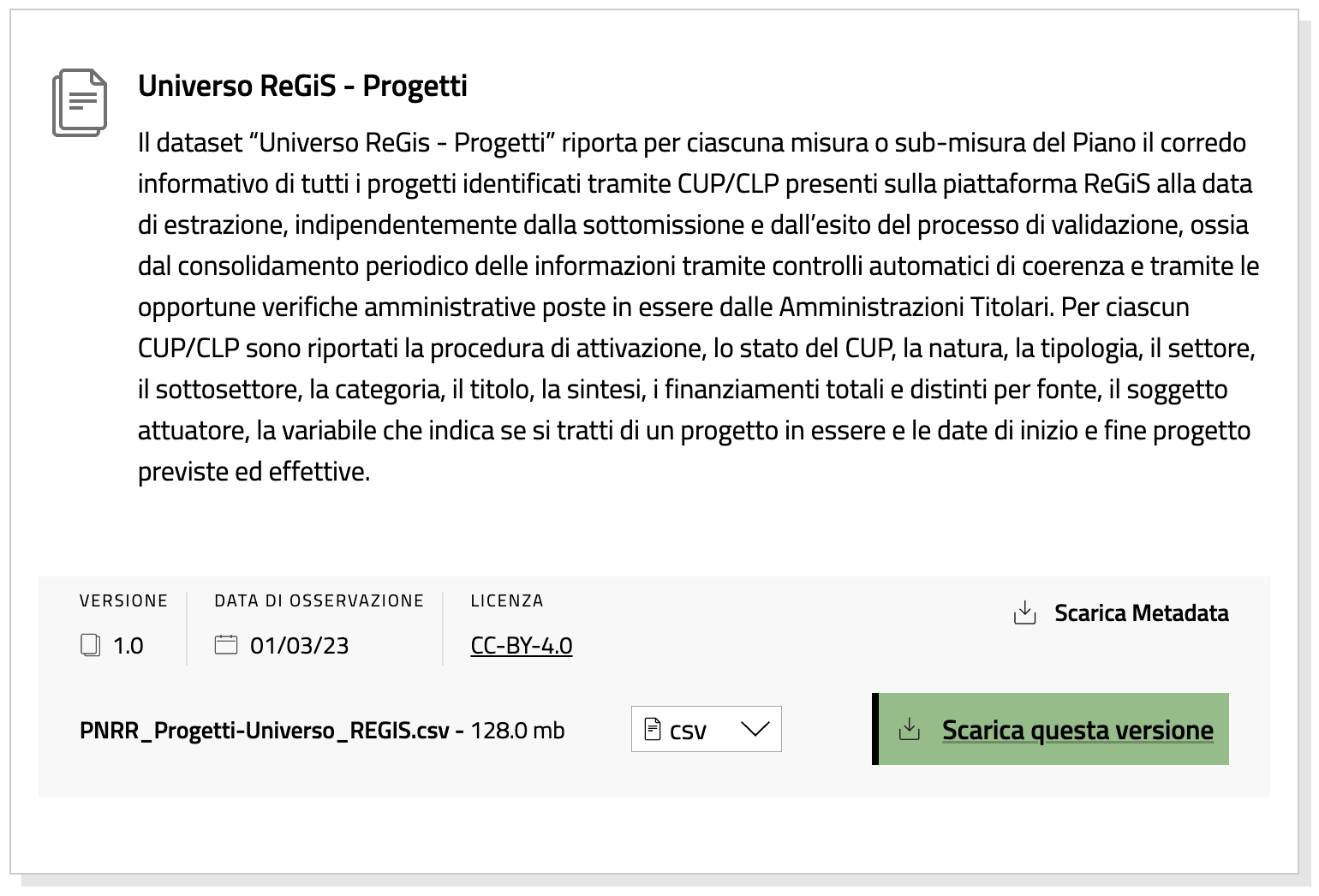
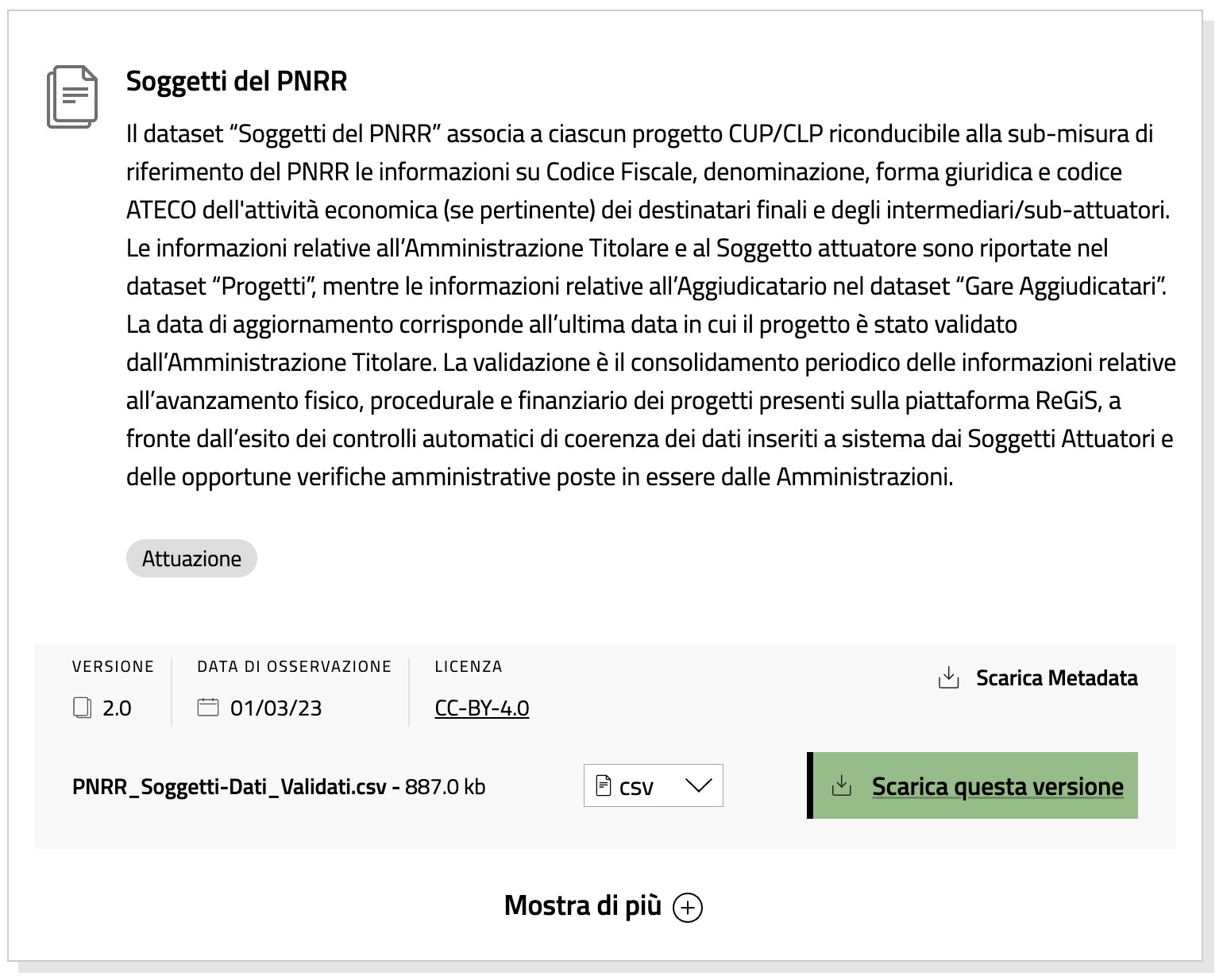
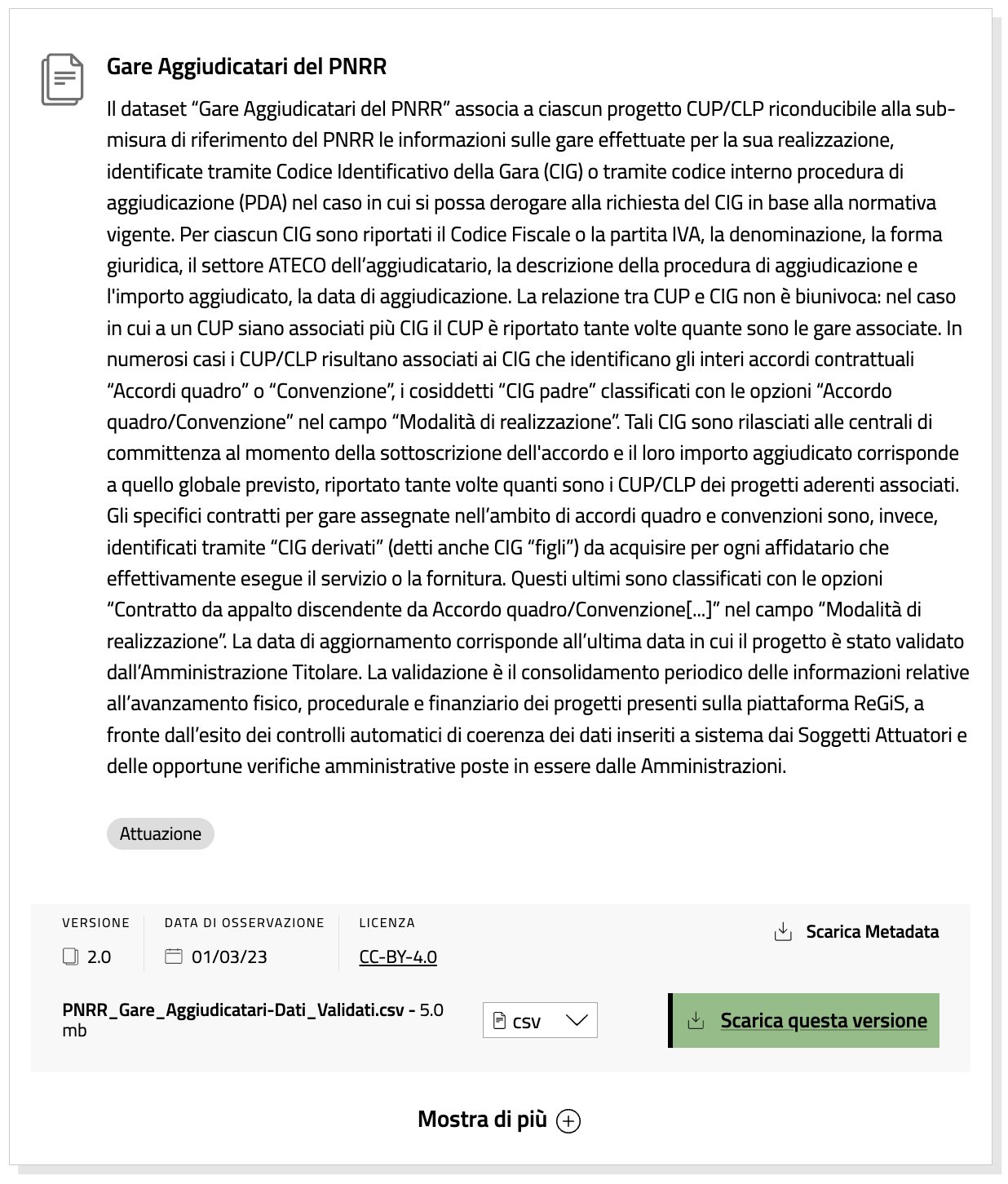
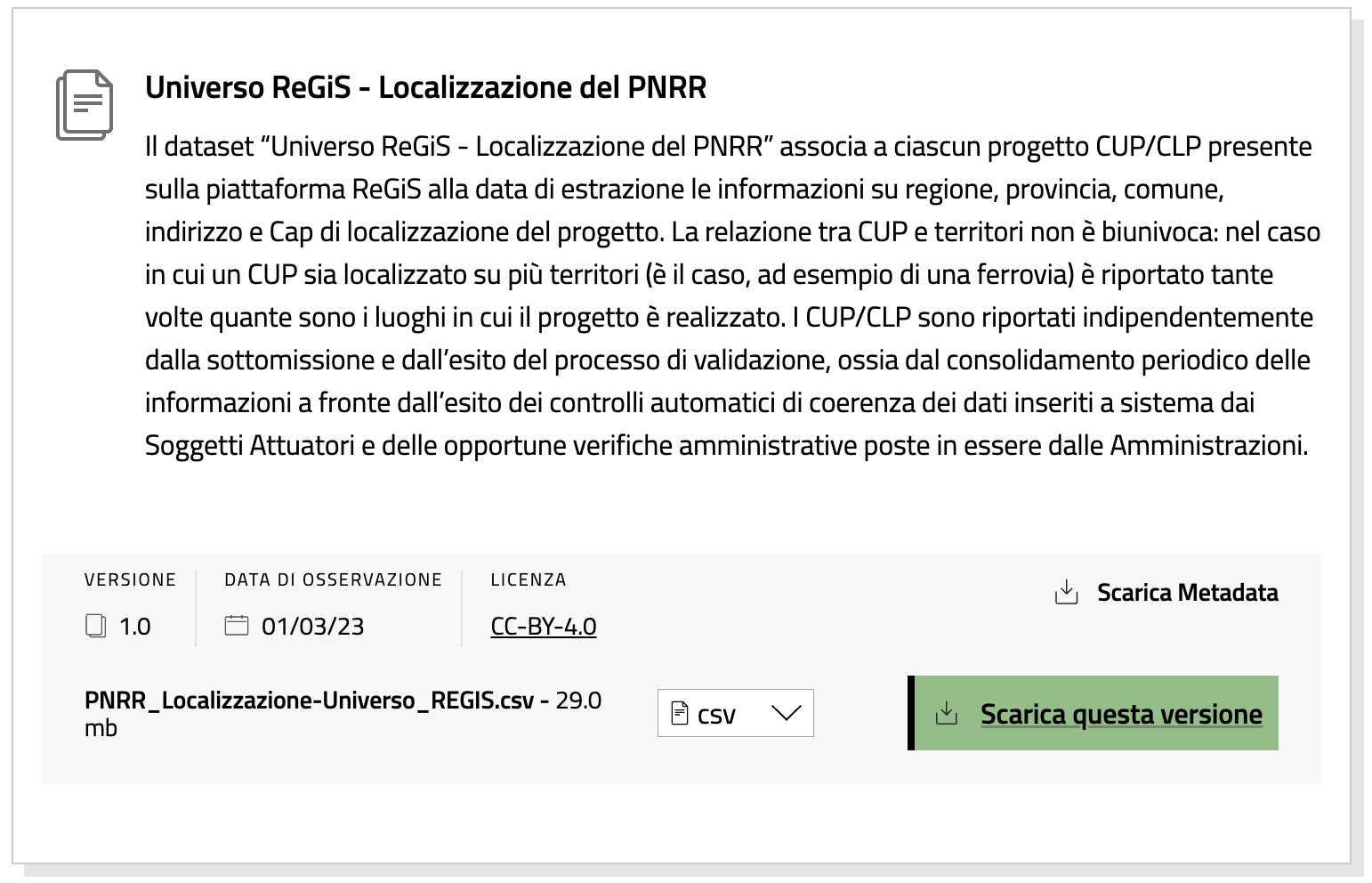

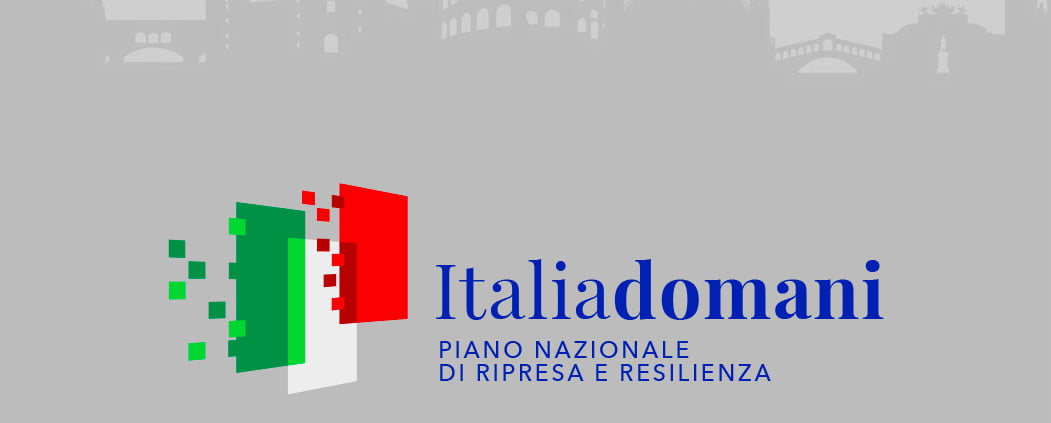



Leave a Reply
Want to join the discussion?Feel free to contribute!